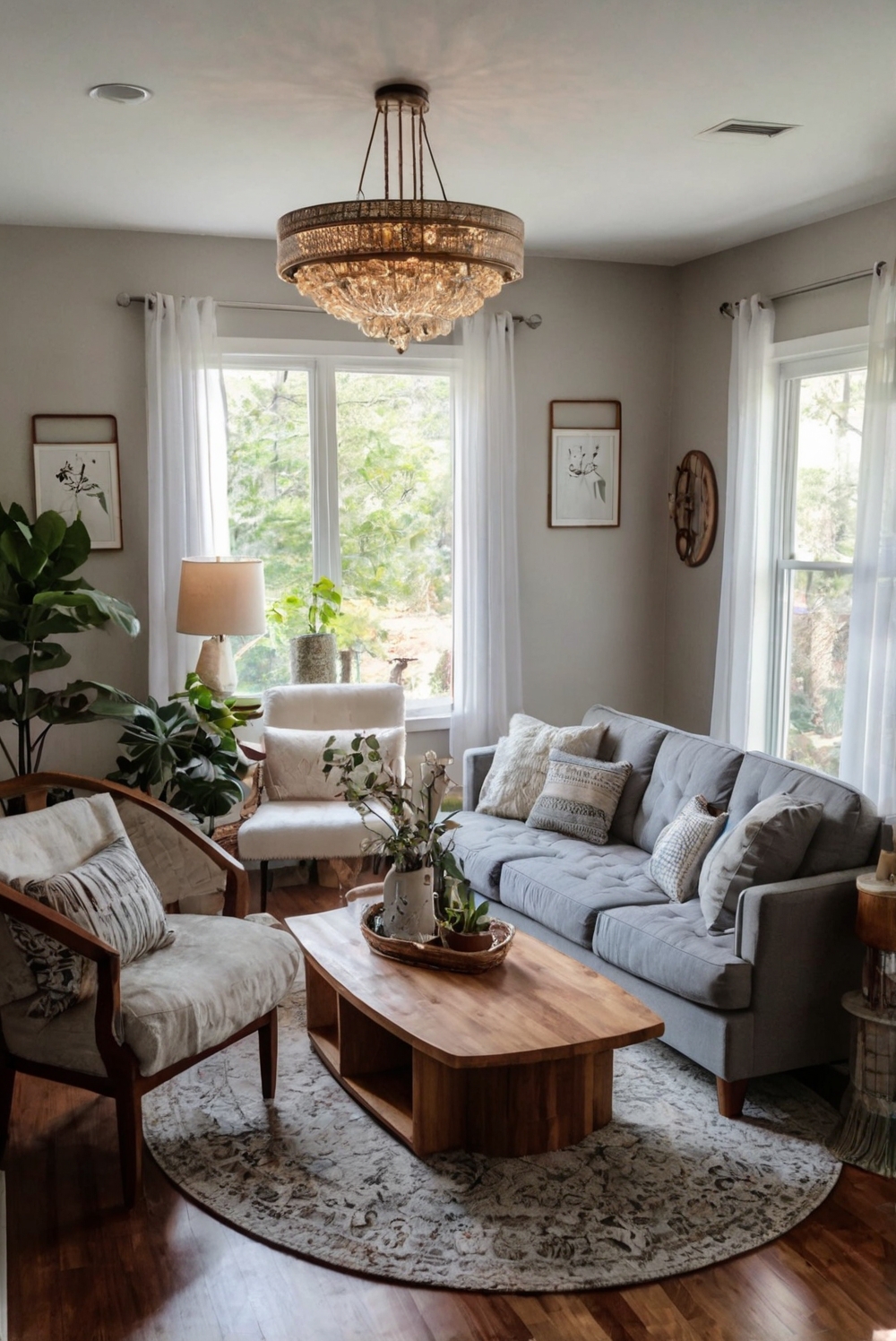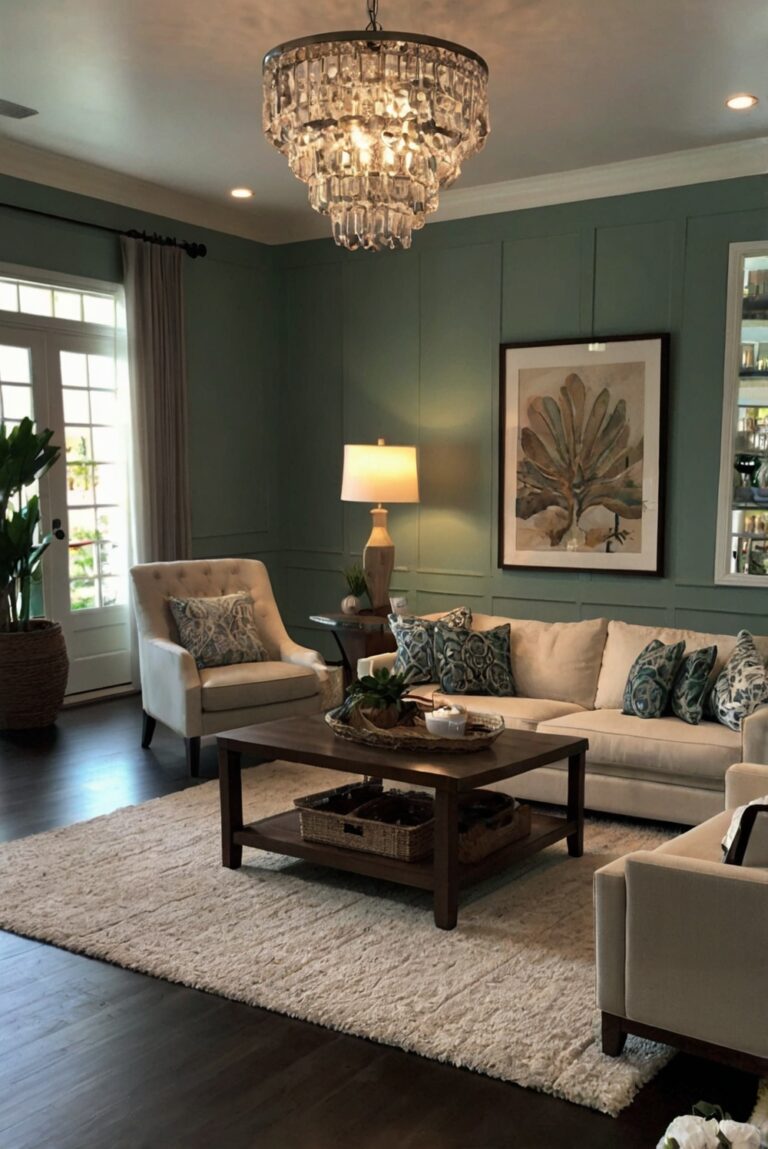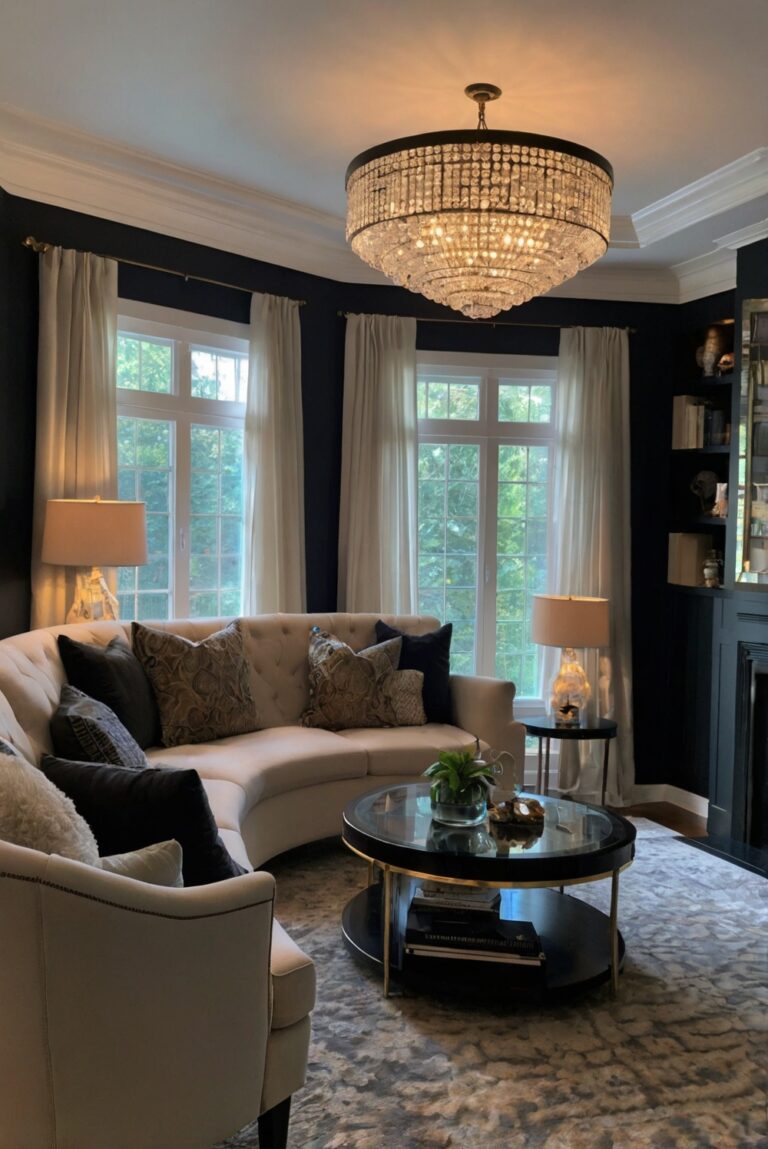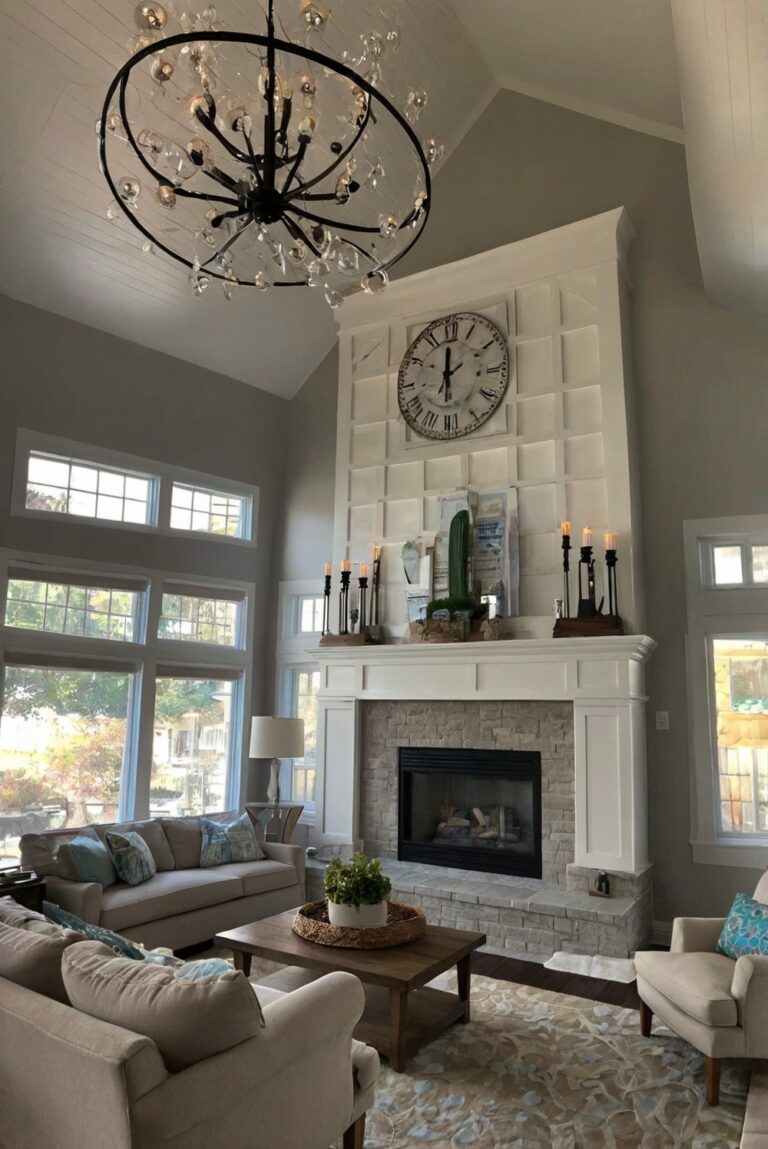Wondering how to make your living room feel brighter and more spacious with lighting? Dive into this daily interior designer routine for some illuminating tips!
To make a living room feel brighter and more spacious with lighting, consider the following tips:
1. **Maximize natural light**: Keep windows unobstructed and use sheer curtains to allow sunlight in.
2. **Strategic artificial lighting**: Use a mix of overhead lights, floor lamps, and table lamps to evenly distribute light throughout the room.
3. **Light-colored walls and furniture**: Opt for light, neutral colors to reflect light and create an airy feel.
4. **Use mirrors**: Place mirrors opposite windows to bounce light around the room.
5. **Declutter**: Keep the space organized and free of unnecessary items to enhance the sense of spaciousness.
6. **Consider smart lighting**: Install dimmer switches or smart bulbs to adjust lighting levels based on activities or time of day.
By incorporating these ideas, you can transform your living room into a bright and inviting space that feels larger and more airy.
How to Make a Living Room Feel Brighter and More Spacious with Lighting
To make a living room feel brighter and more spacious with lighting, it is essential to pay attention to key aspects of lighting design. Here are some important points to consider:
Maximize Natural Light:
One of the most important factors in brightening up a living room is maximizing natural light. Keep windows unobstructed and use sheer curtains to allow light to filter in. Positioning mirrors opposite windows can also help reflect light and create a sense of openness.
Layer Your Lighting:
Layering different types of lighting in the living room can help create a bright and spacious feel. Use a combination of ambient lighting (such as overhead fixtures), task lighting (like table lamps or floor lamps), and accent lighting (such as wall sconces or picture lights) to add depth and dimension to the room.
Choose the Right Bulbs:
Selecting the right bulbs for your lighting fixtures is crucial in creating a bright and welcoming atmosphere. Opt for LED bulbs with a color temperature of around 2700-3000 Kelvin for a warm and inviting glow. Consider dimmable bulbs to adjust the brightness according to different activities.
Consider Light Color and Temperature:
When choosing lighting for your living room, consider the color and temperature of the light. Warmer tones, such as soft white or warm white, can make the space feel cozy and inviting. Cooler tones, like daylight or cool white, can create a more spacious and refreshing ambiance.
Utilize Smart Lighting Solutions:
Incorporating smart lighting solutions can help you customize the brightness and ambiance of your living room. Smart bulbs, dimmer switches, and programmable lighting systems allow you to control the intensity and color of light to suit different moods and activities.
In conclusion, enhancing the brightness and spaciousness of your living room with lighting involves a thoughtful approach to design and implementation. By maximizing natural light, layering different types of lighting, choosing the right bulbs, considering light color and temperature, and utilizing smart lighting solutions, you can create a welcoming and visually appealing living space that feels bright and airy.
1. How can lighting impact the brightness and spaciousness of a living room?
Lighting plays a crucial role in creating the ambiance of a living room. By strategically placing different types of lighting fixtures such as overhead lights, wall sconces, floor lamps, and table lamps, you can illuminate different areas of the room to make it feel brighter and more spacious. Natural light is also essential, so ensure that windows are unobstructed and curtains are light-colored and sheer to maximize the amount of sunlight that enters the room. By layering different types of lighting and using dimmers to control the intensity, you can create a welcoming and spacious atmosphere in your living room.
2. What are some lighting techniques to make a living room appear larger?
To make a living room appear larger, consider using recessed lighting to create a clean and seamless look. Wall-mounted lights and sconces can help save floor space and draw the eye upwards, making the room feel taller. Additionally, using mirrors strategically to reflect light and create the illusion of space can be effective. Choose light-colored walls and furniture to reflect light and make the room feel airy and open. By combining these techniques with the right lighting fixtures, you can visually expand the space of your living room.
3. How can color temperature affect the brightness and spaciousness of a living room?
Color temperature refers to the warmth or coolness of light, measured in Kelvin. In a living room, using light bulbs with a higher color temperature (around 4000K to 5000K) can create a bright and energizing atmosphere. Cool white light can make the room feel more spacious and open, while warm white light (around 2700K to 3000K) can add a cozy and inviting touch. By mixing different color temperatures strategically, you can create depth and dimension in your living room while enhancing its brightness and spaciousness.
4. What are some lighting design tips to enhance the brightness of a living room?
To enhance the brightness of a living room, consider layering different types of lighting sources such as ambient, task, and accent lighting. Ambient lighting provides overall illumination, while task lighting focuses on specific areas like reading nooks or workspaces. Accent lighting highlights architectural features or artwork. By combining these lighting layers, you can create a well-lit space that feels bright and inviting. Additionally, using LED bulbs with high lumens output can ensure that your living room is adequately illuminated without creating glare or shadows, enhancing the overall brightness of the room.
5. How can lighting fixtures and placement contribute to a more spacious feel in a living room?
Choosing the right lighting fixtures and placing them strategically can significantly impact the perceived spaciousness of a living room. Opt for fixtures with clean lines and minimalist designs to create a modern and uncluttered look. Pendant lights, track lighting, and recessed lights can be mounted on the ceiling to draw the eye upwards and make the room feel taller. Avoid bulky or oversized fixtures that can overwhelm the space. By placing lighting fixtures at different heights and angles, you can create depth and visual interest, making your living room feel more spacious and well-balanced.







